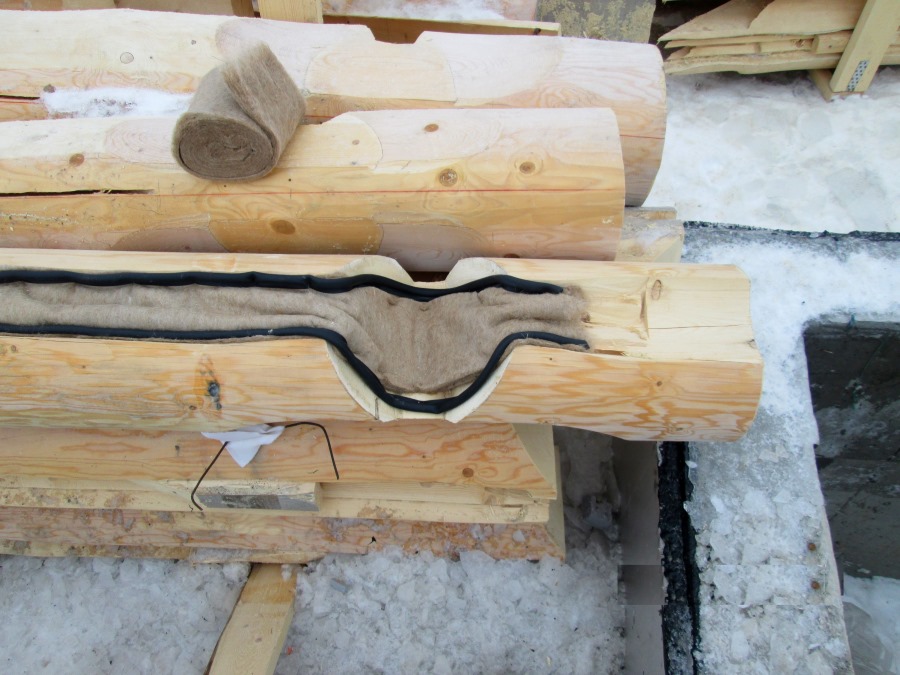Insulating basement rim joists
Under the Canadian method, rim clearances do not appear as they are made during the installation of the house. After the shrinkage, the clearances close, and no caulking is required. During the assembly process, the insulation is put in the insulation channels, which increases the warmth of the future house, and an additional layer at the edges guarantees its windproofness and non-appearance of cold joints.
There are many varieties of this material, having different properties. A good sealant must meet the following criteria:
- high elasticity and density;
- good wind protection;
- effective protection against heat losses and low thermal conductivity;
- water absorption;
- resistance to external factors;
- no dangerous components; and
- durability.
When building a log house, one should opt for natural materials that improve the wear resistance of the building and are absolutely safe for people.
Types of Rim Joist Insulation
The popular modern tape-type sealing materials for log houses:
- linen;
- jute;
- Klimalan.
The latter is made from sheep wool. This material has excellent water absorption, elasticity and a unique ability to retain heat. In addition, there are many synthetic materials on the market, but their effectiveness and durability have not yet been tested with time.
The benefit of the tape-type rim joist sealants is that you can adjust the thickness and width of the layer during installation. And what is important, the tape-type sealant materials demonstrate uniform compaction during shrinkage.


